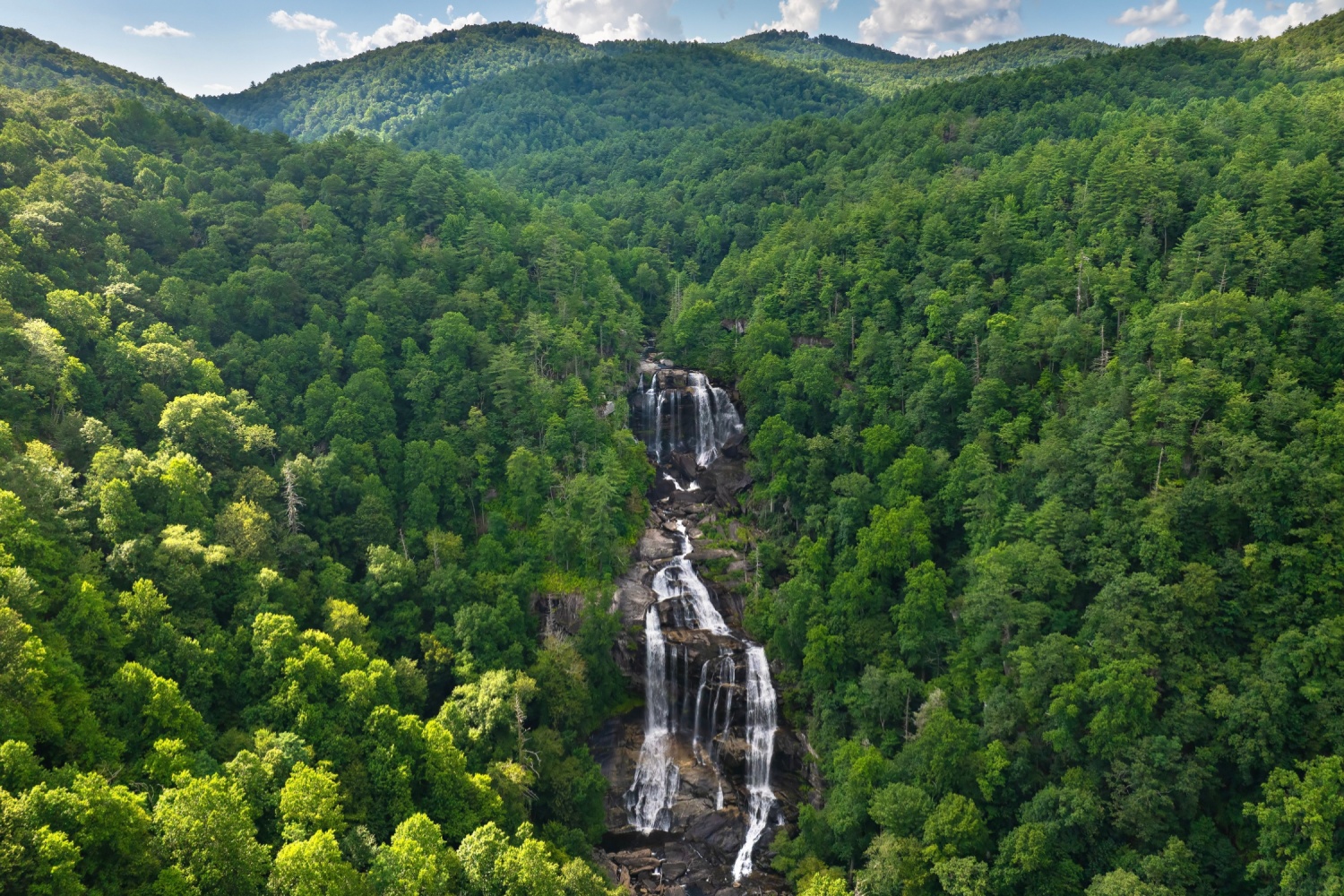Outdoor recreationists and tourists to our nation’s forests may have noticed some improvements to infrastructure if they have visited over the past five years. That, according to Betty Jewett of the U.S. Forest Service, reflects the Great American Outdoors Act of 2020.
“Forest Service and four Departments of the Interior agencies, and so that is all the parks, the restrooms, the picnic tables, the roads, the boat ramps, the facilities, the things like that that people really do enjoy on the national forest—anywhere from hunting, fishing, recreating, mountain biking—all those kinds of things that people enjoy on the national forest,” she said.
And over that time period:
“We have completed 442 projects, and that is of all the long-overdue maintenance of infrastructure of the outdoor recreation. Once we’ve completed all the projects, we’ll have completed $1.1 billion of maintenance backlog.”
What do some of these projects look like on the ground level? Jewett starts with the Martin Lake cabin reconstruction project in Alaska.
“Martin Lake cabin provides access to some of the best salmon and trout fishing. This is a long hunting season for bears and deer. Wildlife viewing is also one of the most popular activities, and visitors flock to the cabin to enjoy the abundance of mountain goats, deer, moose, [and] bear in the area.”
Opportunities were missed with the cabin due to disrepair prior to reconstruction work completed this summer. Meanwhile:
“The Forest Service repaired the White Rock Mountain Recreation Area entrance road on the Ozark-St. Francis National Forest, and this area provides access to several hiking trails, including the renowned long-distance Ozark Highlands Trail.”
This created greater access to the recreation area’s stone cabins built in the 1930s. A third example is found in Montana’s Custer Gallatin National Forest.
“The Forest Service worked with partners to improve the Yellowstone Shortline Rail Trail, which is a nine-mile section of the larger Greater Yellowstone Trail. The project resurfaced about a 10-foot-wide rail trail with asphalt to improve the public with a bike path that could be used by all ages and skill levels. The partners contributed $1.35 million to this project, on top of the $2.85 million that the Forest Service received from this Legacy Restoration Fund.”


